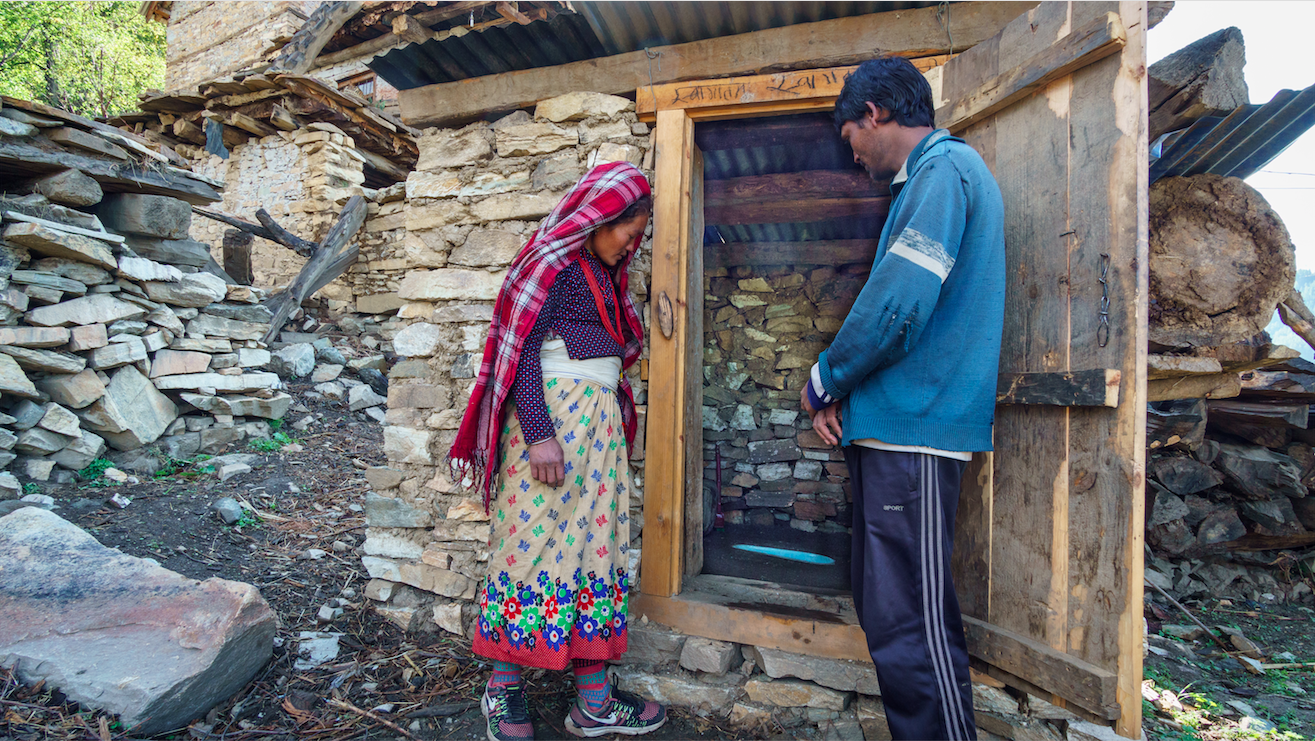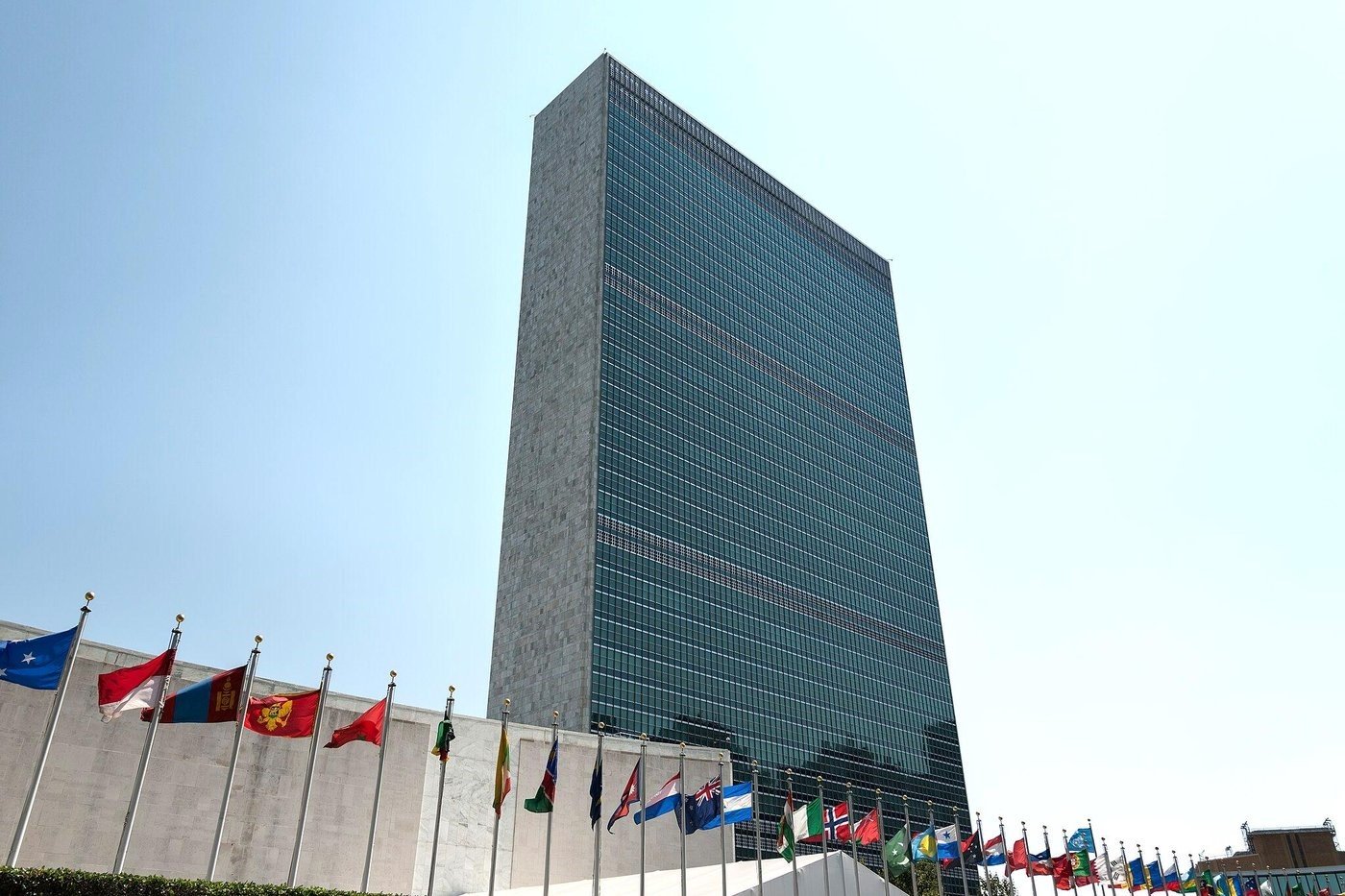In just one and a half hours, the amount of sunlight that reaches the Earth is enough to cover the entire world’s energy needs for one year. We have access to a cheap, and mass-produced technology that can convert this phenomenal source of energy directly into electricity: the silicon solar photovoltaic (PV) cell. No one predicted that the remarkable reduction in price and consequent uptake of PV technologies would happen so quickly. In many countries around the world including India and the UAE solar PV projects can produce energy cheaper than conventional power plants, sending a powerful signal to the world’s financial markets that the era of fossil fuels is coming to an end.
Solar photovoltaics technologies have been used to address rural electrification challenges for almost three decades now. Initially, solar PV and battery systems started off as niche and expensive solutions for electrifying remote off-grid communities. After all, there was no mention of improved access to energy services in the Millennium Development Goals but today ensuring access for all to affordable, reliable and sustainable energy is enshrined in SDG7. The remarkable reduction in the price of solar PV technologies has helped to make these solar-based interventions viable and affordable solutions for helping to reach this goal.

IN THE PHOTO: Residents celebrating. CREDIT: Village X Org
Many lessons have been learned over the decades. The first Solar Home System (SHS) programs in the 1970’s were donor-driven due to a very high upfront cost. By the 1990’s two things became obvious: the need for the householder to own the system and the importance of user training. Early programs were also plagued with technical problems that were eventually ironed out.
Nevertheless, today we are able to share a remarkable story: the deployment of over four million SHSs in Bangladesh in 2017, impacting 12 percent of the Bangladeshi population. This remarkable adoption of solar PV by some of the poorest people piggybacked on the support of microfinance institutions already present in rural areas (where 70 percent of the population live). A three-year loan with low down payments is offered in exchange for a solar home system and a loan collection efficiency of more than 90 percent is reported, reducing reliance on subsidies and external funding. However, a major question remains, what is going to happen to all the toxic lead from the batteries?
So onwards we go deploying as much solar PVs as possible, some as small as a simple lantern. We know electricity and especially productive uses of it are essential for economic development so the communities must also want to be electrified. Yet, do we ever stop to ask ourselves whether improving electricity supply is a priority, and if yes, whose priority is it? The community’s, the donors’ or the implementers’? Do we, who work with rural electrification programs, actually ask the communities what their priorities are? Interesting research surveying African countries has shown that in some cases electricity is not the main priority of the respondents.
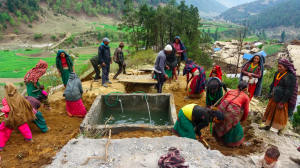
IN THE PHOTO: Mohari Water Cement Tank Building. CREDIT: Dr Alex Zahnd RIDS Nepal
We are making progress worldwide. According to Max Roser an Oxford University economist, the number of people living in extreme poverty decreases by 217,000 each day. However, according to statistics development aid in Africa isn’t reaching the world’s poorest, in part because around 75 percent of communities live in areas to which the aid is simply not making it. We cannot keep making the same mistakes again and we have to acknowledge what has worked and what hasn’t, historically, and look at organisations that are doing really exemplary work.
Disturb the status quo
One disruptive approach undertaken by the non-profit Village X Org, working in rural Malawi, is the deployment of cash transfers to village-led development projects. Set up with the lofty and admirable aim of defeating extreme poverty in Africa by funding projects that the villagers themselves choose. Villagers are not given a list or menu of projects. Instead, they meet and discuss what they need and what they can afford. They then select a project committee that undertakes planning and budgeting. The villagers contribute to the project labour, materials, and 5 percent of the total project cost in cash. Village X deploys the rest of the cash, fundraised for each project, and retrieves data.

IN THE PHOTO: Locals with a banner, Kusapa. CREDIT: Village X Org
After browsing various projects to be fundraised it becomes evident that supplying clean water is a priority. When asked about attitudes to electrification, Michael Buckler, the founder and CEO of Village X.org, mentioned that the attitude in rural Malawi is that, first and foremost, electricity is needed to charge cell phones. Most rural Malawians want grid electricity and think the government should provide it. Rural Malawians often describe solar PV-generated electricity as “weak”, because it doesn’t provide a lot of electricity and batteries installed with solar PV systems are not high quality. Like everyone, rural Malawians want not only to light their homes but to run energy-intensive appliances such as rice cookers and televisions. So far, the villagers haven’t chosen a solar PV electrification system for one of their community projects but Michael mentions that there is room, in the future, for communities to choose small solar PV power plants for lighting, for example, local markets and selling mobile phone charging services to residents. The key would be keeping it small, good-quality and affordable.
Holistic community development: RIDS-Nepal
Let us consider the approach undertaken by the Rural Integrated Development Services (RIDS) Nepal, described as Holistic Community Development (HCD). RIDS-Nepal works in close, long-term partnerships with high-altitude rural village communities, in the remote and impoverished Nepali districts of Humla and Jumla. The village communities identify their own development needs and actively participate in multi-year projects to improve their overall living conditions.
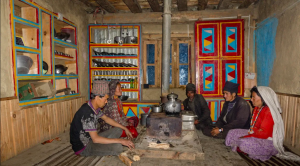
IN THE PHOTO: Chuma villagers enjoying a smokeless stove. CREDIT: Dr Alex Zahnd RIDS Nepal
Though improved access to energy services is important and often central for a community development project, it is not enough to significantly improve livelihoods in remote communities. Envisaging how energy services, safe and sufficient drinking water, sanitation, hygiene, indoor air pollution, education, skills and other community infrastructure together can be implemented can drastically improve the community’s quality of life. If we are putting resources into reaching very remote communities to deploy small solar PV home systems, why not engage them to build a pit latrine or other services identified by the community as just as important?
Dr Alex Zahnd developed the HCD approach more than 20 years ago and has continued refining and adjusting the solutions to match the local context in Humla and Jumla. Termed the “Family of 4” the basic fundamental infrastructure to ensure improvement in livelihood is the provision of: a pit toilet, a smokeless metal stove, improved access to energy services (such as basic indoor lighting through a local, renewable energy source) and sufficient and clean drinking water from village water tap stands through a water supply system, built and owned by the local community. These four issues have again and again been identified by the local people as their most urgent needs and need to be implemented together to bring long-term synergistic benefits.
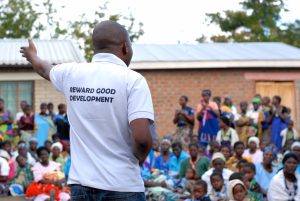
IN THE PHOTO: Village X Org representative speaking in front of the locals. CREDIT: Village X Org
Once the “Family of 4” has been implemented successfully, the HCD concept gradually extends to the “Family of 4 PLUS” to satisfy further basic needs regarding increased food security, nutrition, personal hygiene, and education – as identified by the local communities themselves. Those include high-altitude greenhouses to grow vegetables, solar dryers for food conservation, non-formal education programs for women and out of school children (mainly girls), nutrition programs for malnourished infants and their mothers, solar cookers, high-altitude solar water heater bathing centres and apprenticeship scholarships for young women and men to learn a profession. In this way since 2002, 29 villages have adopted the HCD approach with a further 19 villages in Jumla interested in future partnerships.
Dr Zahnd describes the difficulty of explaining to donors that the needs identified by these remote, high-altitude village communities themselves never fall simply into one category such as WASH or rural electrification. There are real challenges with obtaining funding as projects are pigeonholed into one or two categories. Furthermore, long-term partnerships are needed. The one-year project life cycle required by some donors fails to take into account the long-term partnership required to improve the quality of life beyond the provision of the most basic services.
Dr Zahnd emphasizes that it is simply basic respect towards these village communities, who never had chances and opportunities that we have had in regards to education and exposure to the world, that we first need to listen to their voices and ask them what they want. Once that important relationship of trust has been established between the village community and the NGO, the project can go forward as a partnership of various stakeholders such as the village community, the partnering NGO, the donor agency and relevant government departments. This process alone often takes up to one year before even one stone has been turned around in the partnering village. Such an approach stands one day a much greater chance of becoming “sustainable” after maybe two generations.
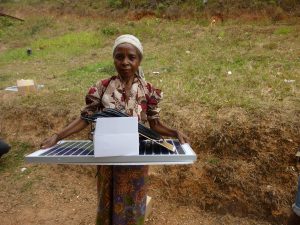
IN THE PHOTO: Solar Home System. CREDIT: Maja Gajic
Serving the last mile
Of course, each community in each country will have context-specific issues and challenges, but undoubtedly to achieve financial sustainability, solutions for solving rural electrification challenges need to be market-based. However, there are un-electrified communities living in remote and difficult to access areas – deemed the last mile – that will need a different approach due to the gap between the cost of providing services and the amount that the communities can realistically be expected to pay for these services. That being said, if there are existing fledgeling markets, then great care must be taken by donors not to flood markets with subsidised or free goods, driving out local private enterprises. It seems like common sense, but sometimes it is hard to step back and see beyond the silos we are working in.
If we want to ensure access to energy services worldwide, the future is definitely solar-powered, and further work that needs to be done includes closing the feedback loop, collaborating beyond our field and incorporating a gendered perspective of rural electrification programs so we can achieve the SDG7.
Featured image credit: Dr Alex Zahnd RIDS Nepal
Editors note: The opinions expressed here by Impakter.com columnists are their own, not those of Impakter.com


